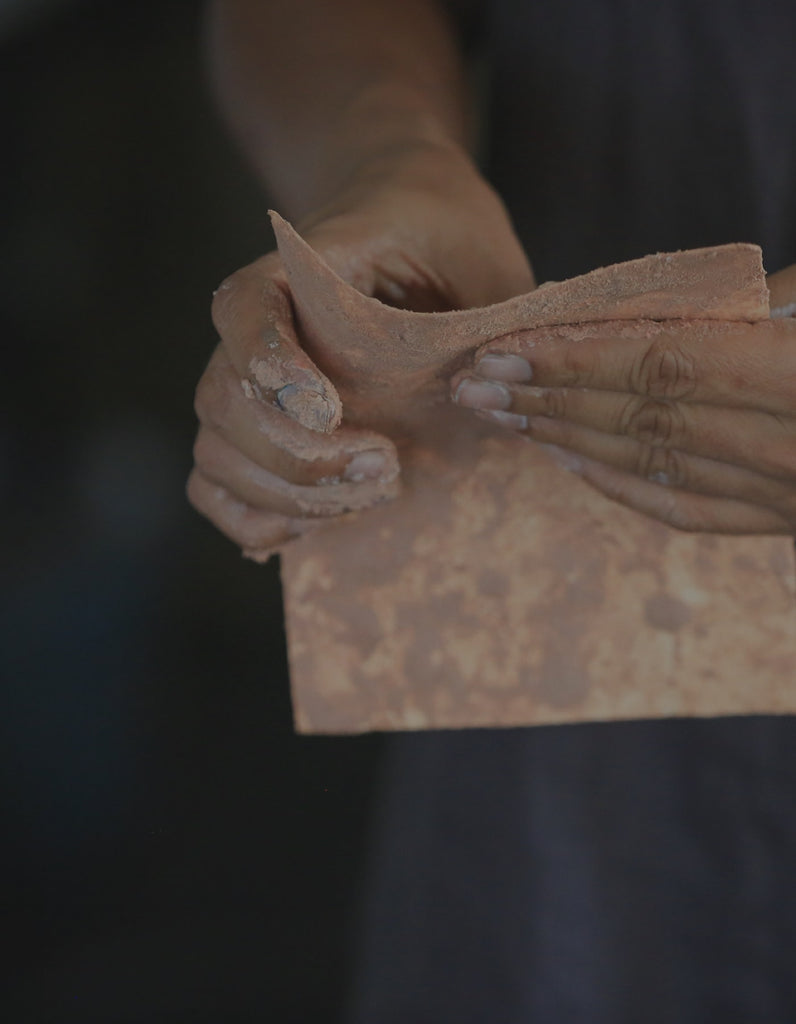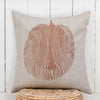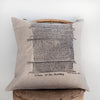Explore Collections
View AllLatest Pieces
-
Garagun Earrings
![]() Garagun Earrings
Garagun Earrings- Regular price
- $60.00
- Sale price
- $60.00
- Regular price
-
- Unit price
- per
Sold out -
Bungwal Fern Cushion Cover
![]() Bungwal Fern Cushion Cover
Bungwal Fern Cushion Cover- Regular price
- $65.00
- Sale price
- $65.00
- Regular price
-
- Unit price
- per
Sold out -
Eugaries - Handprinted Table Runner
![]() Eugaries - Handprinted Table Runner
Eugaries - Handprinted Table Runner- Regular price
- $75.00
- Sale price
- $75.00
- Regular price
-
- Unit price
- per
Sold out -
Migalu Yalingbilla (White Humpback) - Handprinted Table Runner
![]() Migalu Yalingbilla (White Humpback) - Handprinted Table Runner
Migalu Yalingbilla (White Humpback) - Handprinted Table Runner- Regular price
- $75.00
- Sale price
- $75.00
- Regular price
-
- Unit price
- per
Sold out -
Migalu Yalingbilla (White Humpback) - Handprinted Table Runner
![]() Migalu Yalingbilla (White Humpback) - Handprinted Table Runner
Migalu Yalingbilla (White Humpback) - Handprinted Table Runner- Regular price
- $75.00
- Sale price
- $75.00
- Regular price
-
- Unit price
- per
Sold out -
Echidna - Handprinted Linen Cushion Cover
![]() Echidna - Handprinted Linen Cushion Cover
Echidna - Handprinted Linen Cushion Cover- Regular price
- $65.00
- Sale price
- $65.00
- Regular price
-
- Unit price
- per
Sold out -
Eugaries - Handprinted Linen Cushion Cover
![]() Eugaries - Handprinted Linen Cushion Cover
Eugaries - Handprinted Linen Cushion Cover- Regular price
- $65.00
- Sale price
- $65.00
- Regular price
-
- Unit price
- per
Sold out -
Eugaries - Handprinted Linen Tea Towel
![]() Eugaries - Handprinted Linen Tea Towel
Eugaries - Handprinted Linen Tea Towel- Regular price
- $35.00
- Sale price
- $35.00
- Regular price
-
- Unit price
- per
Sold out -
Bookmarks
![]() Bookmarks
Bookmarks- Regular price
- $40.00
- Sale price
- $40.00
- Regular price
-
- Unit price
- per
Sold out
Explore Series
Yalingbilla is the humpback whale which migrates past North Stradbroke Island between May to early November - travelling north to warmer waters early-mid winter and then returning with their calves, late winter & spring. The Island is one of the best land based whale watching sites. Waiting on the ocean side of the island during the winter months, is an opportunity to see pods of whales swimming and beaching. Delvene and her family like to sit and wait for the Yalingbilla to pass, particularly Migalu.
View All ProductsBunbiya is the loggerhead turtle which nest along the north and eastern beaches of North Stradbroke Island including Pulan - Amity Point and Beaches near Mooloomba. The often pop their heads up along Goompi - Dunwich where they feed and play.
View All ProductsEchidnas are mostly located on the northern side of the island – nesting around Mooloomba – Point Lookout and Pulan – Amity Point.
View All ProductsWoven to Our Ancestors depicts family relationships and that there are long connections to our Ancestors. Woven to Our Ancestors particularly relates to the written words of Bethel Delaney (artist Grandmother) in 1974, ‘Dilly bag and mat making like our grannies did’.
The loop pattern shows the connections between each of the generations and the lines are the individual people. As the artist draws on her own family - the daughter of Evelyn Delaney, who is the daughter of Bethel Delaney (Martin), who is the daughter of Matilda Brown, who is the daughter of Granny Mibu, who is the daughter of Granny Ngiri.
View All ProductsLocated on both sides of North Stradbroke Island – the bayside and the ocean side – the Garagun – heron is often seen by freshwater streams leading out to salt water.
On the bayside, are the streams of freshwater flowing from the aquifer beneath and through the sand hills to the saltwater bay. On the ocean side, the 18 mile swamp fed also from the aquifer, which sits alongside the sand dunes. Garagun – the white heron wakes up early and looks for his feed and finds his feed. Usually standing still in shallow water and uses his beak like a spear, the heron hunts for fish, frogs and small mammals. After he eats his feed, Garagun celebrates.
View All ProductsJalaman or the Sugarbag Bee is a native bee found on North Stradbroke Island. Delvene’s Mum speaks of her grandfather taking his grandchildren our for walks to gather the honey. Often they would collect the honey from the trees. Some of the local trees that the Jalaman seek for pollen are from the leptospermum & the Melaleuca Quinquenervia - Paperbark trees. These are found in or near the freshwater swampy areas of the island.
View All Products


























